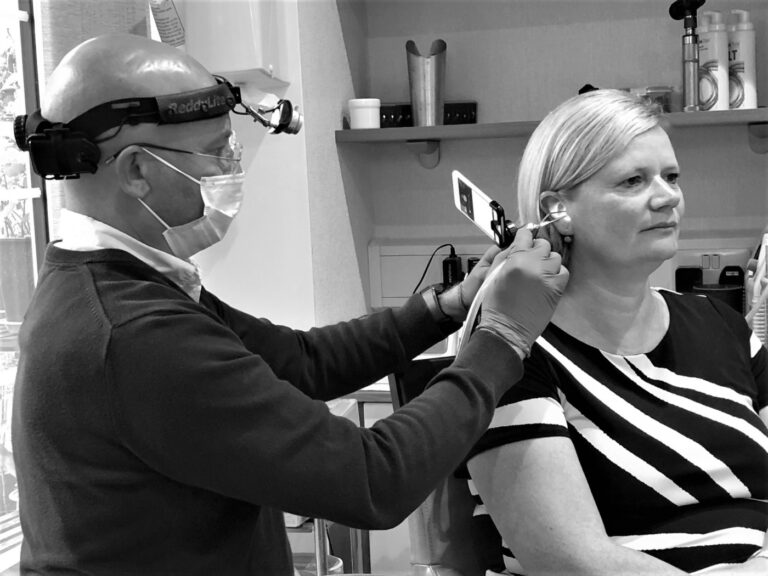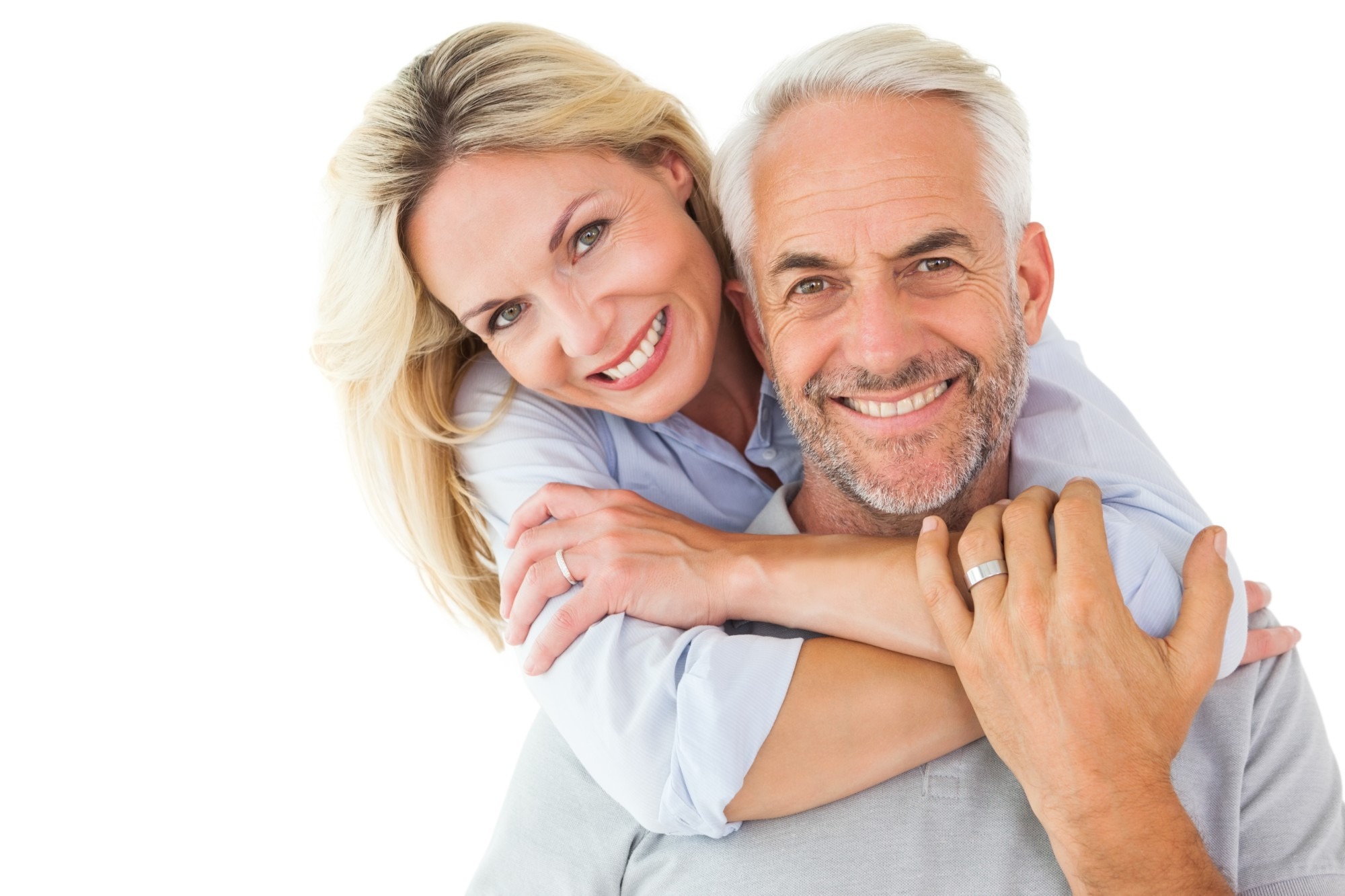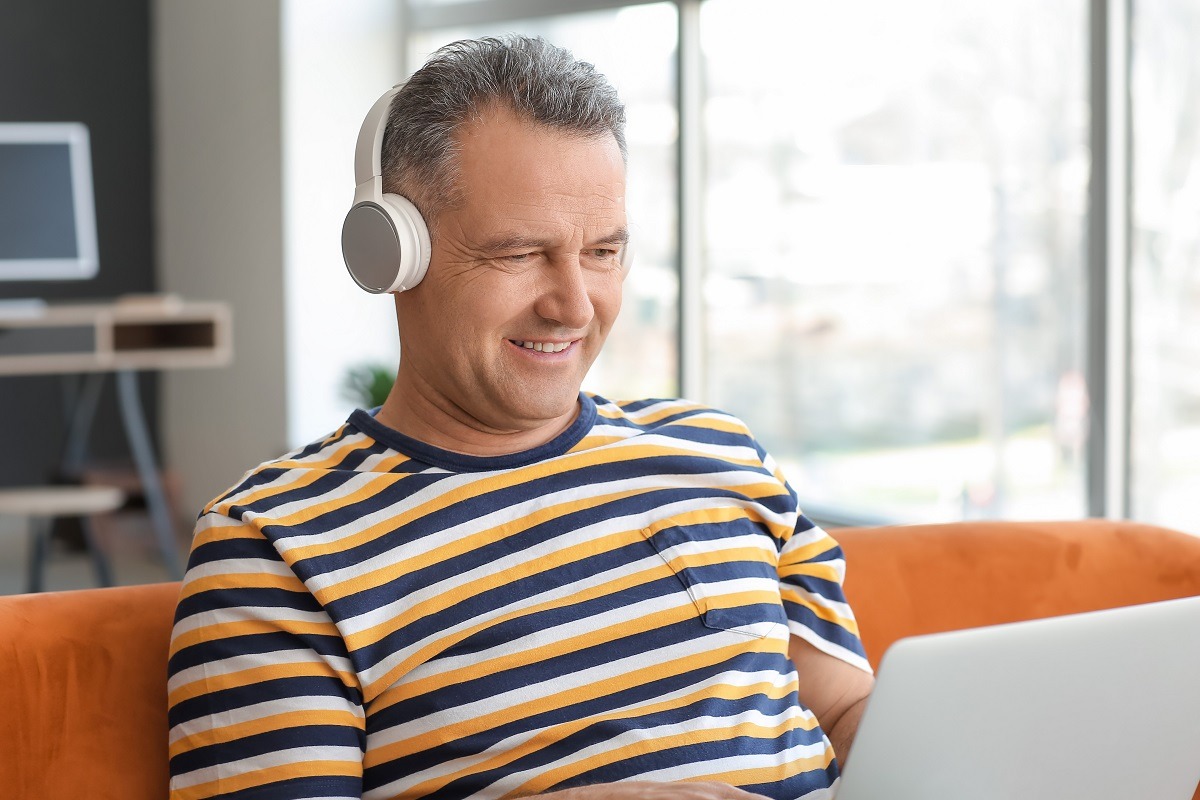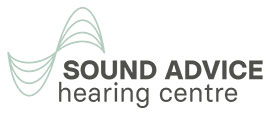Ear Wax Removal
Sound Advice Hearing was one of the first private hearing centres in the UK to provide a private ear wax removal service.
Paul Scigala was one of a small group of 4 Hearing Aid Audiologists chosen to be trained by the British Society of Hearing Aid Audiologists (BSHAA) to be Clinical Ear Care Practitioners and then to go on and become BSHAA Clinical Ear Care trainers to help educate and train other Audiologists in this field. Sound Advice Hearing offers a very comprehensive clinical ear care wax removal service, expert ear care and advice on wax management.

What is ear wax?
What should you do about ear wax build up?
What clinical methods are used to remove ear wax?



Ear Wax Removal FAQ's
What is Irrigation?
What is Micro-Suction?
What is Endoscopic Micro-Suction?
E-suction™ gently vacuums ear wax out of the ear under direct vision using a specially developed iCLEARscope™ endoscope. This provides an alternative method of visualising the ear wax with an endoscope rather than using loupes or an operating microscope commonly used for micro suction
N.B This procedure is currently only performed at our Clinic in Washingborough, Lincolnshire.
What Instrumentation do you use?
Do i need to make an appointment?
Why do our ears produce too much wax?
How to tell if your ears are full of wax?
Can hear better after ear wax removal?
What not to do after earwax removal?
Is ear wax removal painful?
With all of the procedures that we perform we are able to accommodate patients without lengthy delays.
Get a free hearing test with one of the UK's best hearing care specialists

Book a FREE hearing test

FREE online hearing test

Find your nearest clinic

